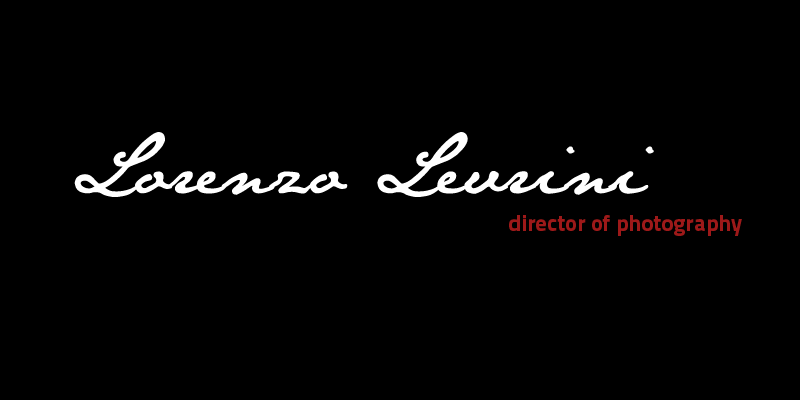
There is a certain school according to which there is something neutral, standard, uninflected that you can do with the camera. Something approaching objective. I don’t subscribe to this school and never have. I don’t think most people really believe in the logical conclusions of the theory, but they still bandy around phrases like ‘Sometimes it is important not to do anything with the camera’ – as if that was possible.
Camera movement or lack thereof, focal length, camera position; there is no neutral, standard, uninflected approach to any of these. There is no objective place, dear Bazin, to film a scene from; there is no objective focal length; there is no objective camera movement or lack thereof. Not even a lockoff. How is a lockoff ‘objective’? Do we stand still all the time and look at things? No.
“Camera movement should be motivated.” True but incomplete and therefore misleading. All camera behaviour should be motivated. The mapping is not a textbook mapping, it isn’t mathematical, it isn’t always intellectual. It can be instinctive. But let’s not misconstrue the above dictum and think that we should stick to a lockoff until we find enough ‘motivation’ to move the camera.
The search for a default, neutral, standard camera behaviour seems to me to be just a form of laziness, an attempt to establish a firm starting ground for every project, so you can say “The ‘standard’ style is a locked off 35mm at eye level, now let’s see if I can drum up the mental energy to decide whether to veer away from this today.” No. I reject this approach to our craft. We need to go back to square one for every film, every job, every project and ask what we need to do with the camera on this specific day to bring this specific material to life.
L.
London, 18th April 2012
